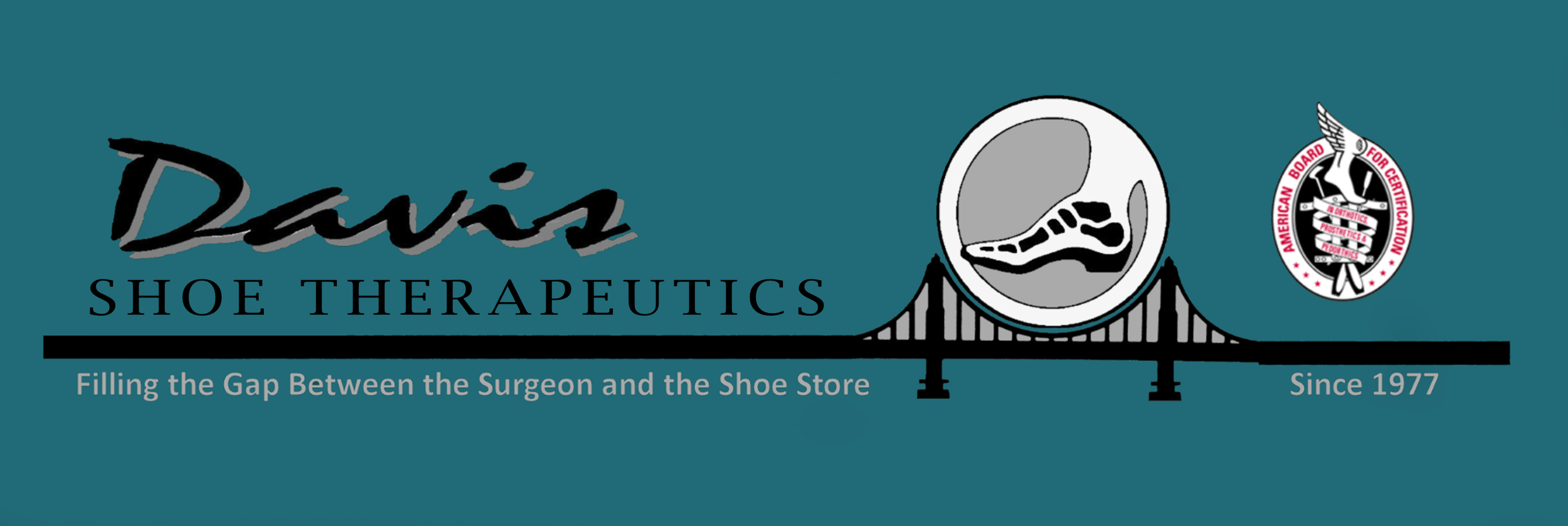Post Traumatic Foot Pain and Compartment Syndrome
Post-Traumatic Foot Pain and Compartment Syndrome
Post-Traumatic Foot Pain and Compartment Syndrome
Foot trauma would include gun-shot wounds, crushing injuries, traumatic amputations, lawn mower injuries, vehicle accidents, falls, or burns. Whatever the cause, the degree to which the foot is repaired is often influenced by the effectiveness of emergency care and subsequent care. Whereas prescribed surgery is procedurally choreographed, neat, and sterile, post-traumatic surgeries are impromptu, ragged, and dirty. Often the intention is to merely salvage the foot and align it to the ground, ignoring the more dynamic functions that a normal foot is capable of. It’s the subtle dynamic functions that are so easily derailed when the foot suffers a trauma. Whether the damage is to the skin, the bones and joints, the nerves, the musculature, or all four, the result is usually a loss of motion and some profound degree of rigidity. Scar tissue and skin grafts don’t stretch, damaged joints don’t bend, and the muscles and nerves can’t activate appropriate motion. Compartment syndrome, which is swelling confined within the fascia surrounding the muscle body subsequent to the trauma, can cause intense pain.
Pedorthically, post trauma clients present with a relatively rigid foot with areas that can be hypersensitive to contact from footgear. Our goal with a rigid foot is to prevent compensation by other joints to move excessively, or beyond their normal range of motion to make up for the lack of normal motion in the affected foot. Depending on how many joints are affected, rigidity prevents the foot from absorbing shock, adapting to unevenness in the terrain, or staying planted on the ground while the trunk above rotates during gait. Shearing occurs on the skin tissues, especially at the heel, and the lack of suppleness in the tarsals and metatarsals can result in excessive callousing on the ball of the foot. Therefore, our goal is to inhibit the need for motion in the foot with Rocker-Bottom Therapy, attenuate shock, shearing, and excessive pressure with Foot Orthotic Therapy, and if necessary, modify or custom make footwear to address the sensitive areas.
$ Self Help
Post Trauma, and its colleague compartment syndrome, can have so many degrees of severity that whatever a victim has found before seeking pedorthic help is usually the best choice. If your foot is rigid, you have probably sought out stiff footwear, like hiking boots, with gel type inserts in to attenuate shock and diffuse pressure.
$$ Pedorthist
If there is no major deformity, the next level of severity would require custom orthotic devices, made from soft accommodative and shock absorbing materials. Combining that with the application of a rocker-bottom sole to a ready-made shoe should therapeutically address most issues.
$$$ Pedorthist / Custom Shoemaker
If there are foot deformities, history of ulceration, sensitive scar tissue, or partial amputations, then custom footwear can be designed from the ground up to address each issue specifically, by choosing designs that avoid scars, orthotics of unlimited thickness to attenuate shock and diffuse areas of pressure, sock linings that will absorb shear forces on burns, callouses, and scar tissue by stretching in all directions, and rocker-bottom soles to inhibit the need from motion in rigid joints.
$$$ Pedorthist / Orthotist
In situations when terrain is uneven, like on a farm or a construction site, a custom shoe, or possibly a ready-made shoe, can be fitted over solid ankle braces made by an orthotist.
$$$$ Pedorthist / Custom Shoemaker
In cases where some motion is present, but the motion is limited and painful, then brace boots would be indicated. Brace boots are boots with braces built into the linings and function pretty much like a cast.
